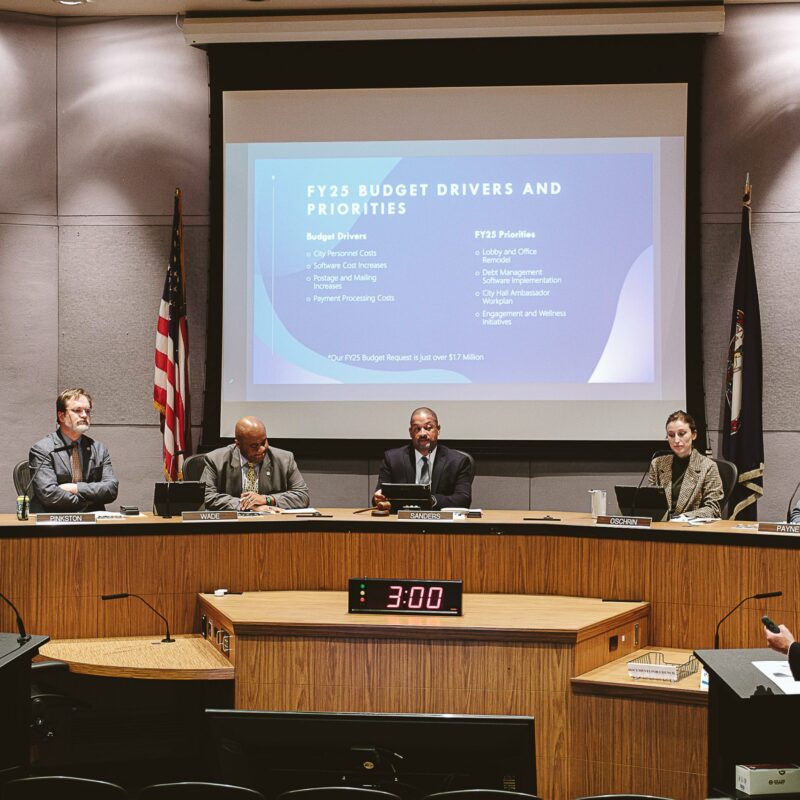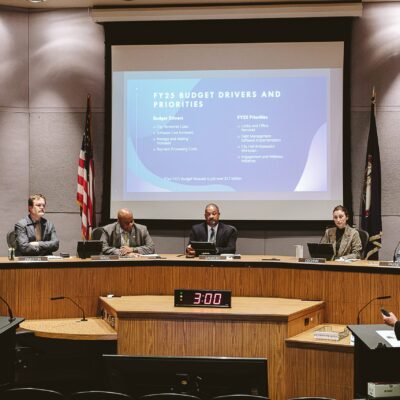|
HEAR MORE Click here to hear the sound of a pulsar, spinning 600 times per second, as heard at the National Radio Astronomy Observatory. |
As a kid, Scott Ransom played with toy telescopes and visited space camp. He thought he wanted to be one thing: an astronaut. It wasn’t long before bad vision swept that dream from the table, but this space cadet never gave up. Now at 39, Ransom has parlayed his childhood obsession with the cosmos into a successful academic career in astronomy, for which the local radio astronomer was awarded the Warner Prize in January for early career contributions to the field.
Ransom’s specific interest lies in what are called millisecond pulsars, spinning waves of radiation that burst forth from distant stars that’ve just collapsed into themselves. He says that getting in the way of a pulsar is like standing in front of a garden hose—the water splatters all over you, but can’t go through you. That principle allows scientists to study in greater detail the fundamental properties of physics in outer space.
|
The pulsars that Ransom studies are 20 times the mass of our sun, and spin faster than the blade of a kitchen blender. |
About a hundred millisecond pulsars have been found ever since they were first discovered about 30 years ago. A National Radio Astronomy Observatory team led by Ransom found 17 in three months. These pulsars are even coded with time indicators that may help astronomers detect the gravitational waves that Albert Einstein predicted nearly a century ago.
If you go to his page at the National Radio Astronomy Observatory website, you can see him kneeling next to a Virginia vanity plate that reads “PULSARS.” Does this guy love his job, or what?






